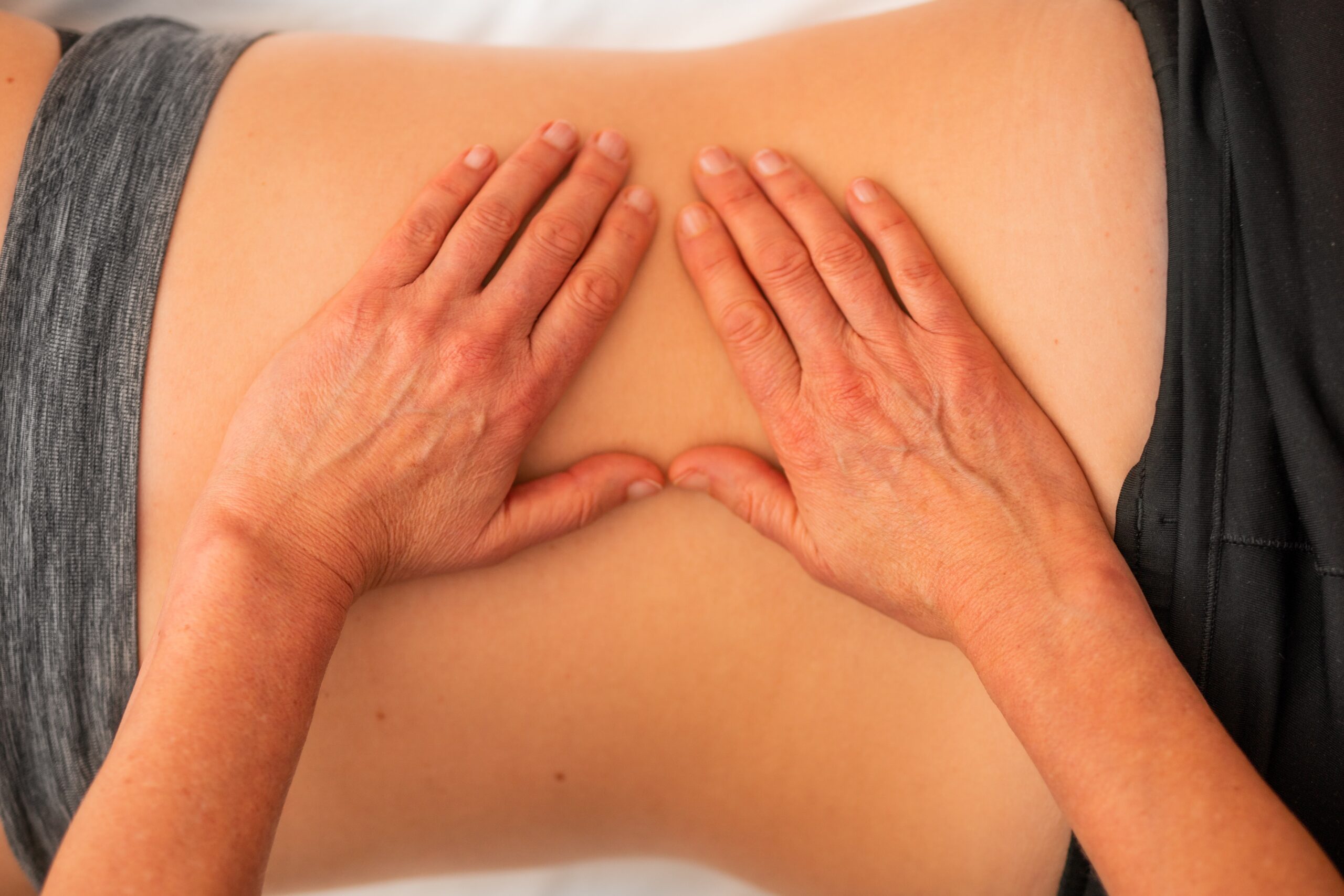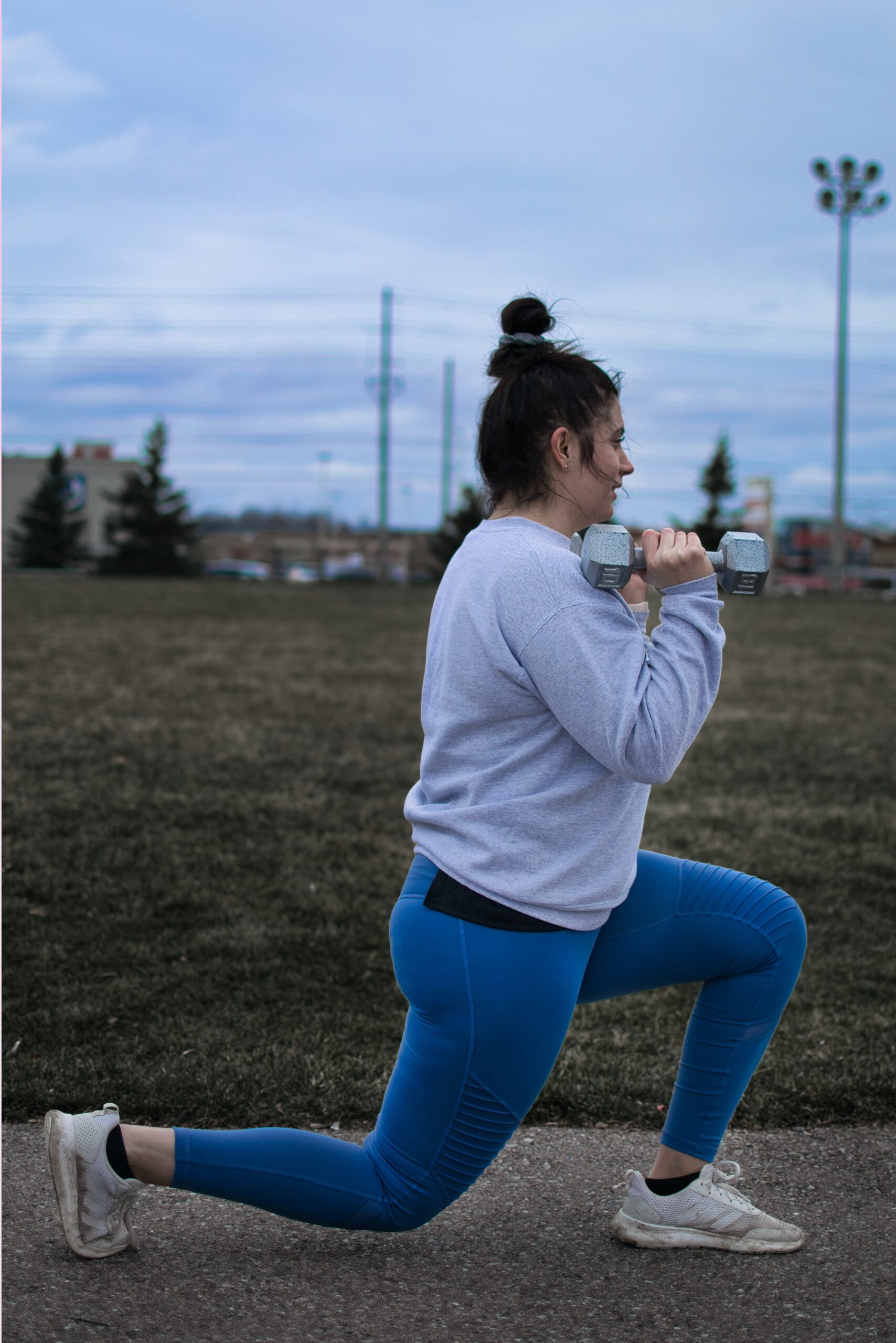Many women are very eager to return to exercise after having a baby. In lots of cases, running is the exercise of choice. It’s seen as an accessible form of exercise that allows women to utilise whatever spare time they may have. However, many women are unaware of the stress placed on the body and more importantly the pelvic floor.
While running the intra-abdominal pressure increases which means that excess pressure is put on your pelvic floor. It’s proven that ground reaction forces are between 1.6 and 2.4 times your body weight meaning your pelvic floor will require more strength to cope with that force.
In a postnatal woman, the pelvic floor may not be as strong as it previously was due to the many changes it goes through during pregnancy and childbirth. Therefore we can’t expect it to be able to handle the same amount of load.
It’s recommended that a woman should only perform the low-impact exercise from 0-3 months with a staged return to running from 3-6 months provided there are no symptoms of pelvic floor dysfunction.
Symptoms of pelvic floor dysfunction are:
- Urinary/ faecal incontinence
- Pain with urination/ defecation
- Stress urinary incontinence
- Constipation
- Pain with intercourse
- Urinary/ faecal urgency
- Urinary frequency.
- Lower back/ coccyx pain
If you develop any symptoms after returning to running you should contact a pelvic health physiotherapist or a Mummy MOT practitioner.
Your method of delivery and healing time is important to consider when returning to running. Many women are under the impression that after the 6-week postnatal check-up they are safe to resume high intensity and high impact exercise. However, this is not the case.
Vaginal birth Vs C-section
During pregnancy and vaginal childbirth, the levator hiatus increases significantly. This increase means that the neck of the bladder becomes more mobile. With pelvic floor strengthening support, the bladder neck will improve but may never return to its pre-pregnancy state. Recovery time for the tissues is understood to be between 4 and 6 months – which is much longer than the traditional theory of full recovery by the 6-week postnatal check.
With C-section deliveries we must consider the abdominal fascia, a thin sheath of connective tissue that is found beneath the skin and attaches, stabilises, encloses, and separates muscles and other internal organs. Research shows that abdominal fascia will have only regained just over 50% of its original tensile strength by 6-weeks. It is proved to have regained 73%-93% of its original tensile strength by 6-7 months.
Finally, we must take into account a woman’s physical state prior to pregnancy. After having a baby, new mothers are often at high risk of inactivity. This is why regular exercise is important prior to and during pregnancy. Activity such as resistance training and Pilates help to improve pelvic floor function and overall strength.
Increasing strength will prepare the body to deal with increased weight as your baby grows. It will also help after the baby arrives to ensure adequate strength to deal with day-to-day activities such as lifting, carrying, and pram-pushing.
It is important to allow your body to heal after childbirth and take the time your need to strengthen your pelvic floor and your body as a whole.
Click the link to book a Mummy MOT!



